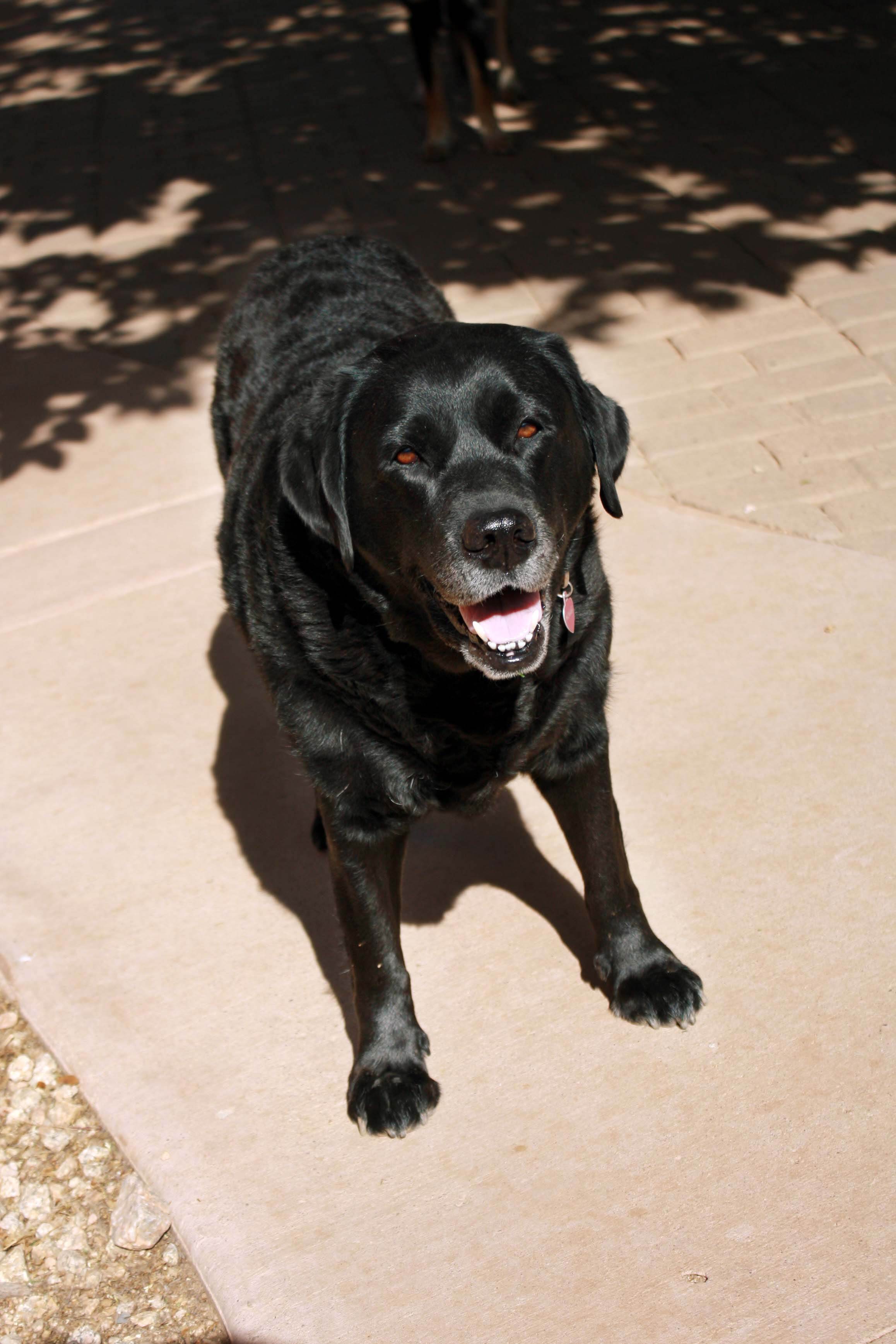Ways to Deal with Dog Separation Anxiety
If you are a pet owner that, like most, has to go away during the day at some point, your dog may encounter something very common – separation anxiety. As much as we love our dogs, we cannot stay home all day every day so it is our job to teach our dogs that we will be back. Dogs experiencing separation anxiety ay do a number of problematic things like whine for a prolonged period of time, barks, pees or poops, does not eat or drink, hides, gets aggressive, chews or digs, or destroys things throughout your home or at the facility. It is heartbreaking to watch your dog experience such anxiety and frustrating to encounter all of the side effects of the anxiety. Whether leaving your dog at home or at a doggy daycare or boarding facility, it is important that your dog trusts that you will return so that they do not experience separation anxiety. If you are noticing that your dog is experiencing separation anxiety, it could be because of a variety of factors. The ASPCA provides a number of scenarios that might lead to separation anxiety:
- Change of Guardian or Family
- Being abandoned, surrendered to a shelter or given to a new guardian or family can trigger the development of separation anxiety.
- Change in Schedule
- An abrupt change in schedule in terms of when or how long a dog is left alone can trigger the development of separation anxiety. For example, if a dog’s guardian works from home and spends all day with his dog but then gets a new job that requires him to leave his dog alone for six or more hours at a time, the dog might develop separation anxiety because of that change.
- Change in Residence
- Moving to a new residence can trigger the development of separation anxiety.
- Change in Household Membership
- The sudden absence of a resident family member, either due to death or moving away, can trigger the development of separation anxiety.
If your dog is experiencing separation anxiety when left at home or at a boarding facility, there are some things you can do to help ease the anxiety. First, coming and going should be a normal occurrence, one without fanfare. Do not make a big, dramatic deal when you leave. Associate something positive with it and simply leave. Perhaps provide your dog with a favorite toy or treat and be on your way. When you arrive home, do not direct your attention and affection to your dog first. Instead, settle in and go about your business for a few minutes before you say hello to your dog. It will send the message to your dog that coming and going is normal and not something to get worked up about. Another thing that many dogs find comforting is an article or two of clothing left behind. Simply leave behind a previously worn piece of clothing that smells like you and it may help ease the transition when you come and go. Additionally, your dog needs consistency, stick with it and soon they will learn that when you go you will return and they will learn appropriate responses and behavior that helps reduce their anxiety.

